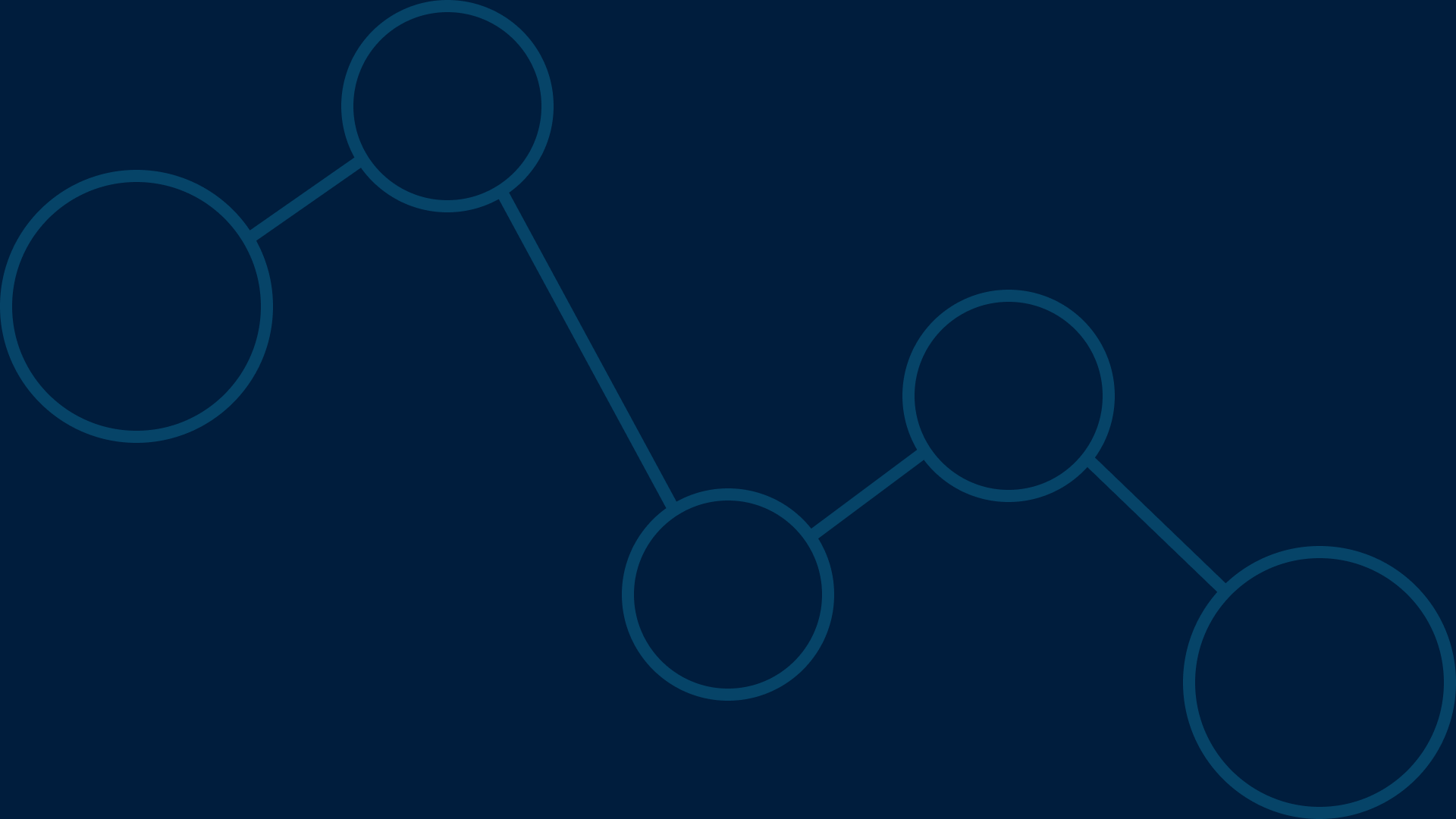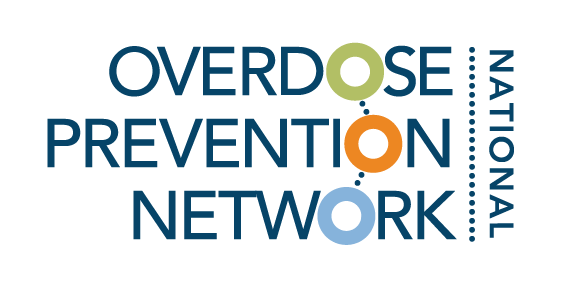
Resource Library
Toolkits, guides, and other resources vetted by experts in overdose prevention.
Filter by category and tags, or search by keyword (ex. COVID-19, harm reduction).
COPN Accelerator 5.0 Case Studies: Sustainability Strategies in Overdose Prevention
How can coalitions ensure the sustainability of overdose prevention efforts? The following summary highlights key sustainability practices implemented by overdose prevention coalitions that participated in the California Overdose Prevention Network (COPN) Accelerator 5.0 Program. These case studies offer valuable insights for other coalitions seeking to strengthen their infrastructure and sustain their initiatives over time.
Sustainability Tools and Tips
In this video, Co-Director of the Center for Health Leadership and Impact, Karya Lustig presents sustainability tools and tips for coalitions to implement into their work to strengthen their internal and external efforts to maximize their impact.
Partnership Mapping Tool Addendum
Strong partnerships are essential to the success of any coalition. Use this addendum tool in addition to the Partnership Mapping Tool to assess your coalition infrastructure, identify critical community collaborators and power brokers, and further how these partners can support coalitions’ overdose prevention strategies.
National Opioids Settlements - Information for California Cities and Counties
This page provides information for California cities and counties regarding the National Opioids Settlements, including the proposed multistate settlements with pharmaceutical distributors McKesson, Cardinal Health and AmerisourceBergen (the Distributors), and manufacturer Janssen Pharmaceuticals, Inc. and its parent company Johnson & Johnson (collectively J&J), that were announced by Attorney General Bonta on July 21, 2021.
COPN Fall 2022 Convening: Sustaining Your Work in Overdose Prevention Discussion Tool
How can you best position your community to sustain your overdose prevention efforts? Below are some ways to guide your thinking about strategies to sustain your current efforts and position your community to utilize the opioid settlement funds.
CA Bridge 100: Build Your Foundation
This 'quick start' guide walks through exactly what your organization needs to do to get going and start saving lives now.
COPN Crafting a Persuasive Narrative, Part 1: Knowing your audience and messaging appropriately
Utilize this tool to develop a persuasive narrative of your coalition’s work and community impact.
COPN Build Your Own Narrative Worksheet
Utilize this tool to create an impactful narrative for crafting an impact message of your coalition’s work.
The Network for Public Health Law
The Network for Public Health Law provides visionary leadership in the use of law to protect, promote and improve health and health equity. We provide non-partisan legal technical assistance and resources, collaborating with a broad set of partners across sectors to expand and enhance the use of practical legal and policy solutions.
Principles for the use of Funds from the Opioid Litigation
Developed by a coalition of organizations across the spectrum of the substance use field including physicians, addiction medicine specialists, recovery, treatment, and harm reduction, this webpage offers planning and process level guidance for state and local policymakers to use when planning for opioid settlement funds.
National Opioid Settlement Webpage
Nationwide settlements have been reached to resolve all opioids litigation brought by states and local political subdivisions against the three largest pharmaceutical distributors. These settlements will provide substantial funds to states and subdivisions for abatement of the opioid epidemic across the country, and will impose transformative changes in the way the settling defendants conduct their business. This web page outlines the various opioid settlements by state, and offers legal documents outlining the risks and opportunities that these funds present.
Seven Types of Rest
This handout from the Spring 2022 COPN convening offers seven ways we can help our brain meet its need to rest and heal, particularly when undergoing toxic stress or burnout.
Self-Care Strategies Guide & Worksheet
This self-care guide allows you and your organization to enhance its trauma-informed care practices through group reflection and discussion.
David Kan, MD: Why use Telemedicine to Treat Opioid Use Disorder?
Dr. David Kan of Bright Heart Health discusses the rise of telemedicine during the COVID-19 pandemic, and how we can utilize telehealth going forward to treat people with substance use disorder.
Strategic Planning Benefits for Opioid Safety Coalitions
This toolkit addresses how your coalition could improve in tackling the overdose crisis, and how strategic planning would strengthen these areas of need.
Opioid Safety Strategic Planning: A Toolkit Designed for Community Coalitions
This toolkit provides a guideline to address the opioid epidemic on a community-based level.
Investing in Innovation – Foundation CEOs share their vision
These foundation CEOs share their experiences with running community-based organizations, and the importance of constantly improving processes within the organization on every level.
When the disaster strikes: Experience from the field for preserving life-saving services and outreach to people who use drugs
This expert panel describes the challenges of reaching those with SUD during a crisis, and ways we must evolve to provide quality outreach services during an emergency.
Harm Reduction is Healthcare: Sustainable Funding for Harm Reduction Programs
The National Harm Reduction Coalition created a brief e-course on how the healthcare financing system works and how harm reduction programs can tap into opportunities for funding.
Federal Rental Assistance Toolkit
The California Department of Health Care Services (DHCS) released a Rental Assistance Toolkit to ensure that state and local entities are aware of the many programs available to provide emergency rental assistance.


















